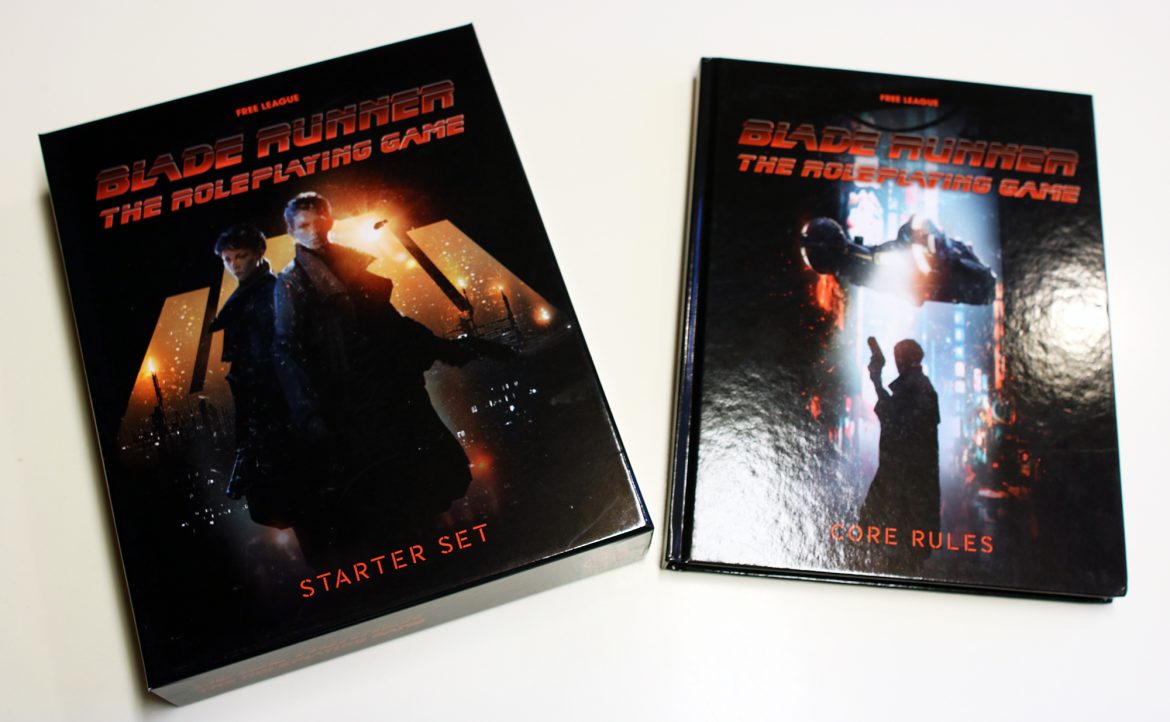TL;DR
Finally, a Blade Runner RPG that truly captures the neon-drenched, rain-slicked essence of the iconic film! Fria Ligan has masterfully adapted the universe, immersing you in a gritty Los Angeles of 2037 as a detective hunting down rogue replicants. Using the intuitive Year Zero system, it's easy to pick up whether you're a seasoned RPG player or new to the genre. The core set includes everything you need to start your investigation, plus a ready-to-play adventure module to kickstart your campaigns. While the rulebook is abridged and currently only in English, it's a fantastic starting point for any fan. Discover if this game lives up to the replicant-hunting hype!
Blade Runner: The Roleplaying Game, developed by Fria Ligan, is based on the seminal film by Ridley Scott. The game transports players to the dystopian metropolis of Los Angeles, where they assume the roles of Blade Runners – law enforcement officers tasked with hunting down and “retiring” replicants.
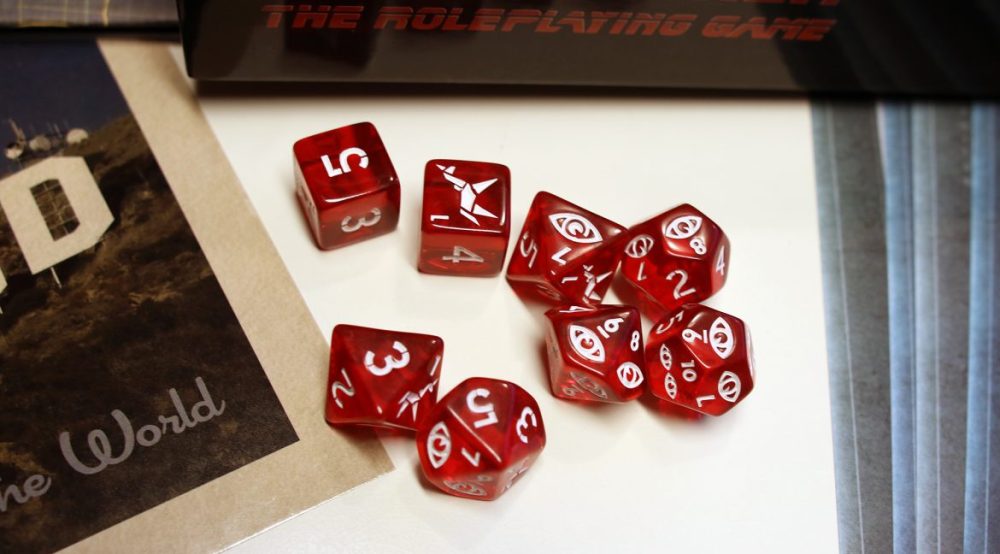
As a long-time admirer of Blade Runner, I’ve often noted the relative scarcity of games set within its compelling universe. While some video game adaptations have been attempted, few have genuinely captured the essence of the film’s brilliance. Even the sequel struggles to achieve the same impact. Fortunately, Fria Ligan, under the guidance of Tomas Härenstam, has stepped in to deliver a truly immersive experience.
Fria Ligan has successfully recreated the distinctive atmosphere and aesthetics of the Blade Runner universe. The rulebook features exceptional illustrations and designs that evoke the visual style of the films, depicting the rain-soaked streets, vibrant neon signage, and iconic architecture of a futuristic Los Angeles in 2037. Notably, the game’s setting is shifted slightly forward in time compared to the 2019 of the original film.
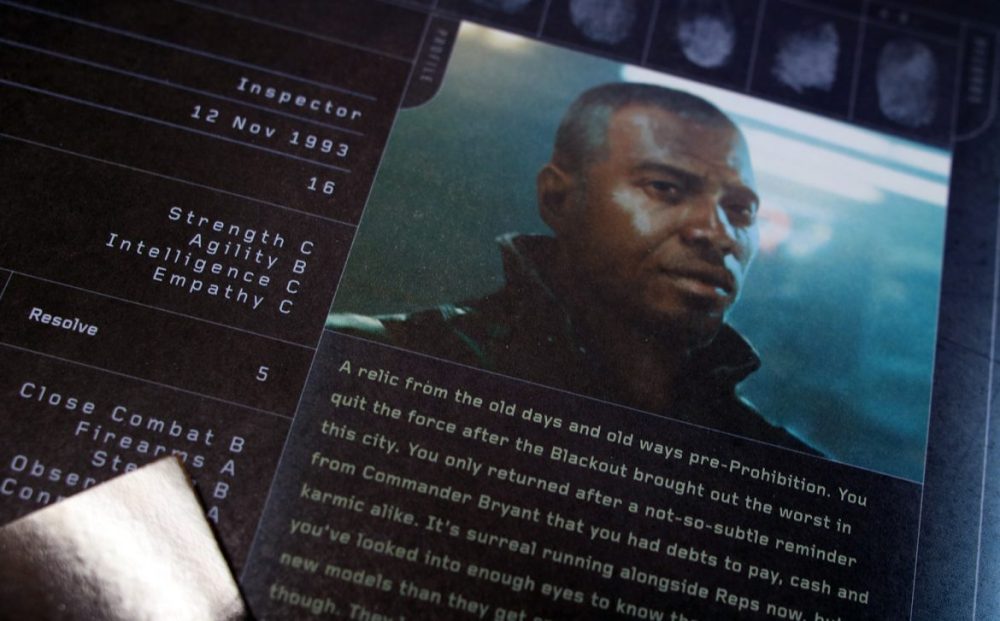
Blade Runner: The Roleplaying Game employs Fria Ligan’s acclaimed Year Zero-systemet (also utilized in The Walking Dead Universe RPG and others). Familiarity with this system facilitates a quick entry point for experienced players. For newcomers, the ruleset is intuitive and readily grasped, representing a well-designed system with minimal complexity.
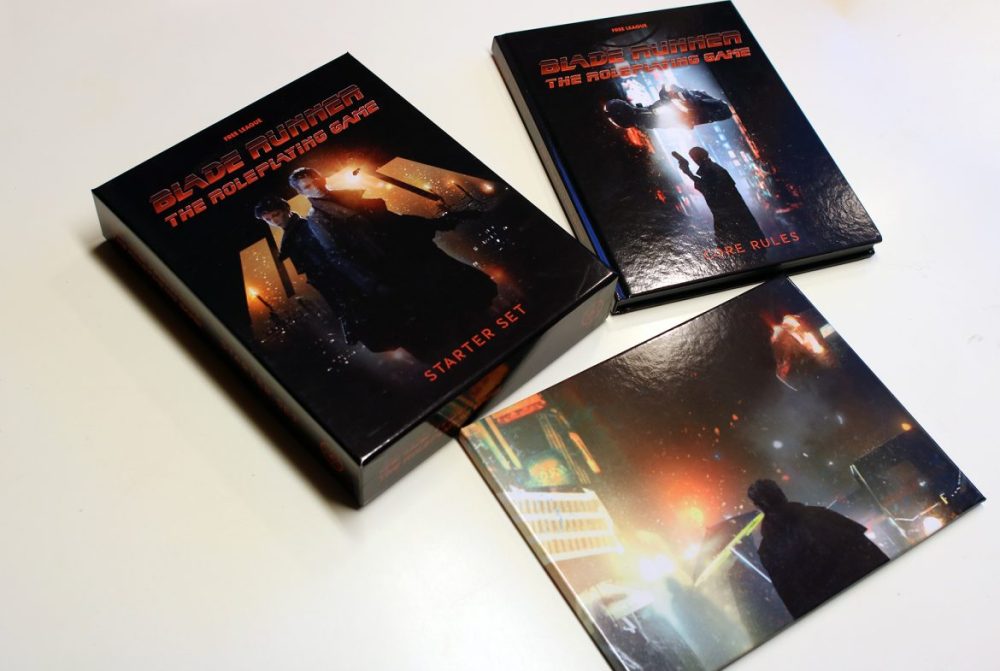
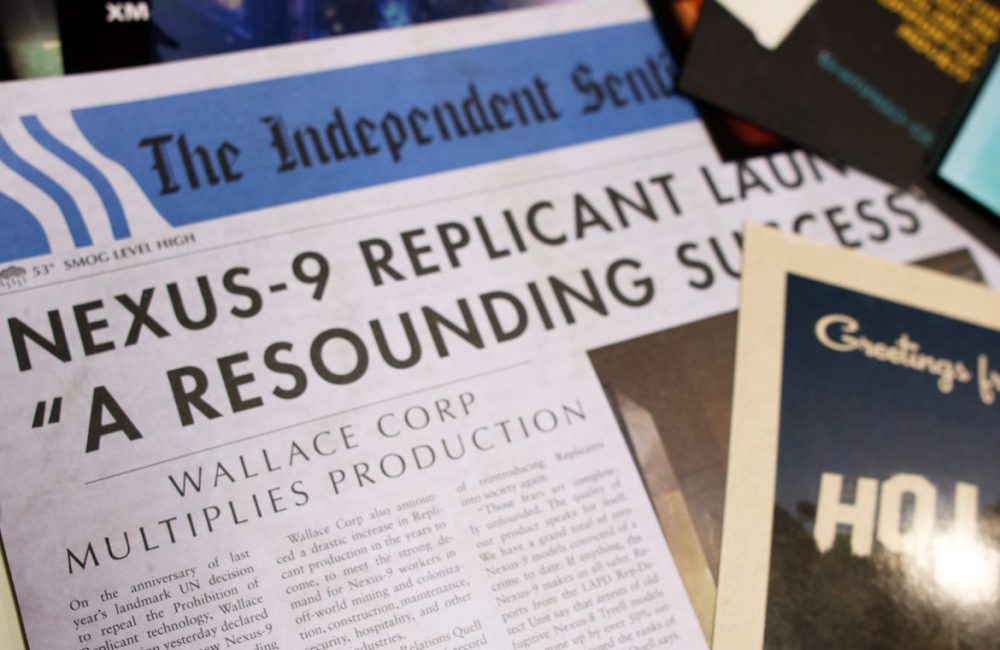
The rulebook provides extensive background information and detailed descriptions of Los Angeles 2037, empowering game masters to craft compelling and immersive narratives. Players engage in investigating crime scenes, interrogating suspects, and pursuing replicants, fostering an atmosphere of tension and intrigue. The core set provides the essential components for gameplay, including dice, maps, and pre-generated character sheets, along with other supplementary materials. A notable omission, however, is the inclusion of blank character sheets. While these are available for download from the Fria Ligan website, their physical inclusion would have been a welcome addition.
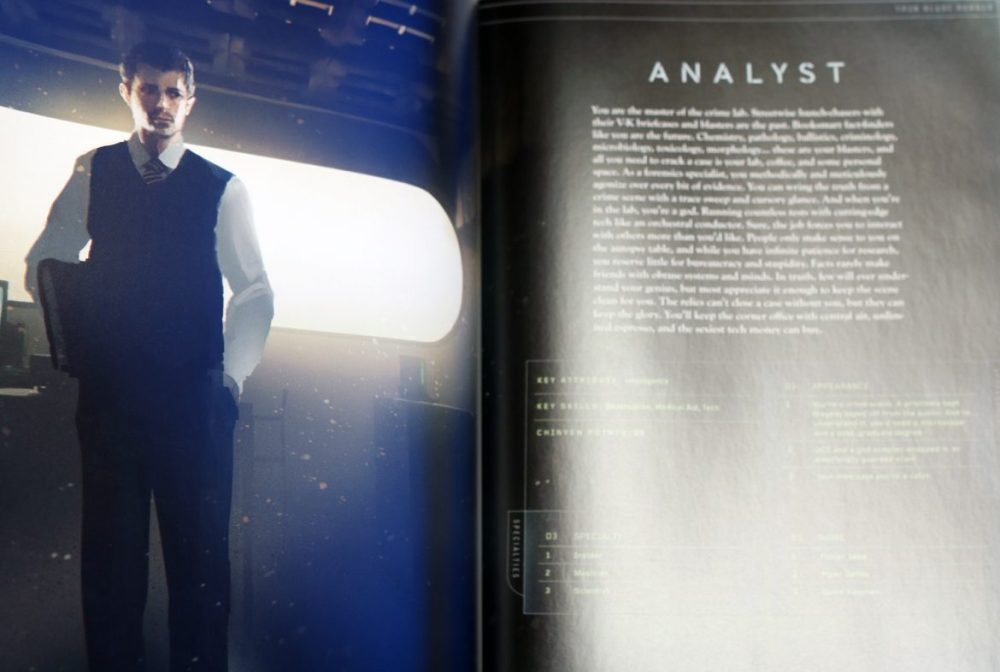
The package also features a complete adventure module, serving as an excellent launchpad for creating personalized missions and campaigns. This pre-built adventure furnishes players with a robust foundation and stimulates further innovation within the game world. By commencing with this scenario, both novice and seasoned game masters can seamlessly initiate gameplay and subsequently cultivate their own distinctive stories and encounters.
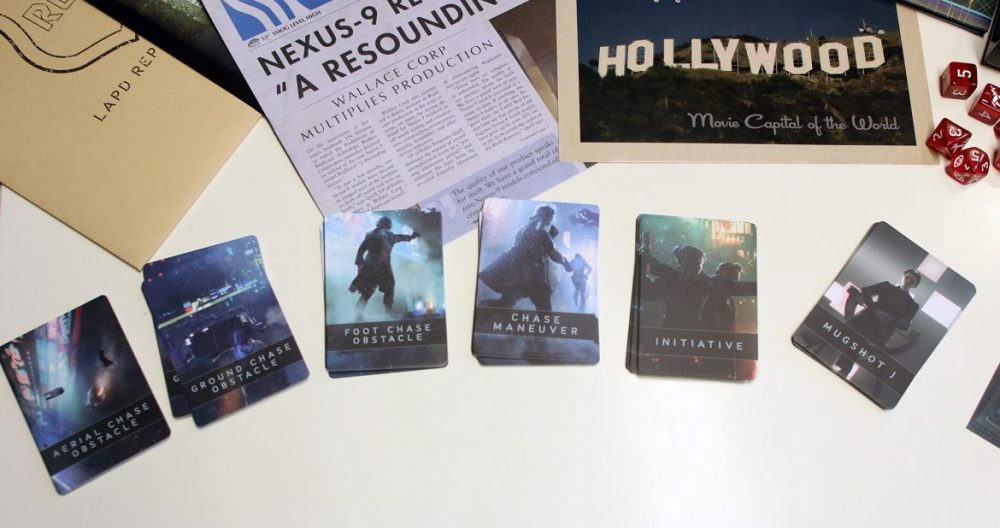
Similar to The Walking Dead Universe RPG, the core rulebook provided is an abridged version, containing the essential rules to commence playing. Comprehensive access to the complete ruleset necessitates acquiring the hardcover rulebook. Another parallel is that Blade Runner: The Roleplaying Game is currently exclusively available in English. This may present a barrier for some players, as a considerable amount of contextual knowledge is required, even if the core mechanics are relatively simple to learn.

In conclusion, I wholeheartedly recommend Blade Runner: The Roleplaying Game. It represents the most authentic and immersive recreation of the Blade Runner universe I have encountered in tabletop gaming. The absence of a Swedish translation is regrettable, as it would undoubtedly elevate the game’s appeal.
Fria Ligan provided review copies for this evaluation. The provision of materials does not influence our editorial independence.
